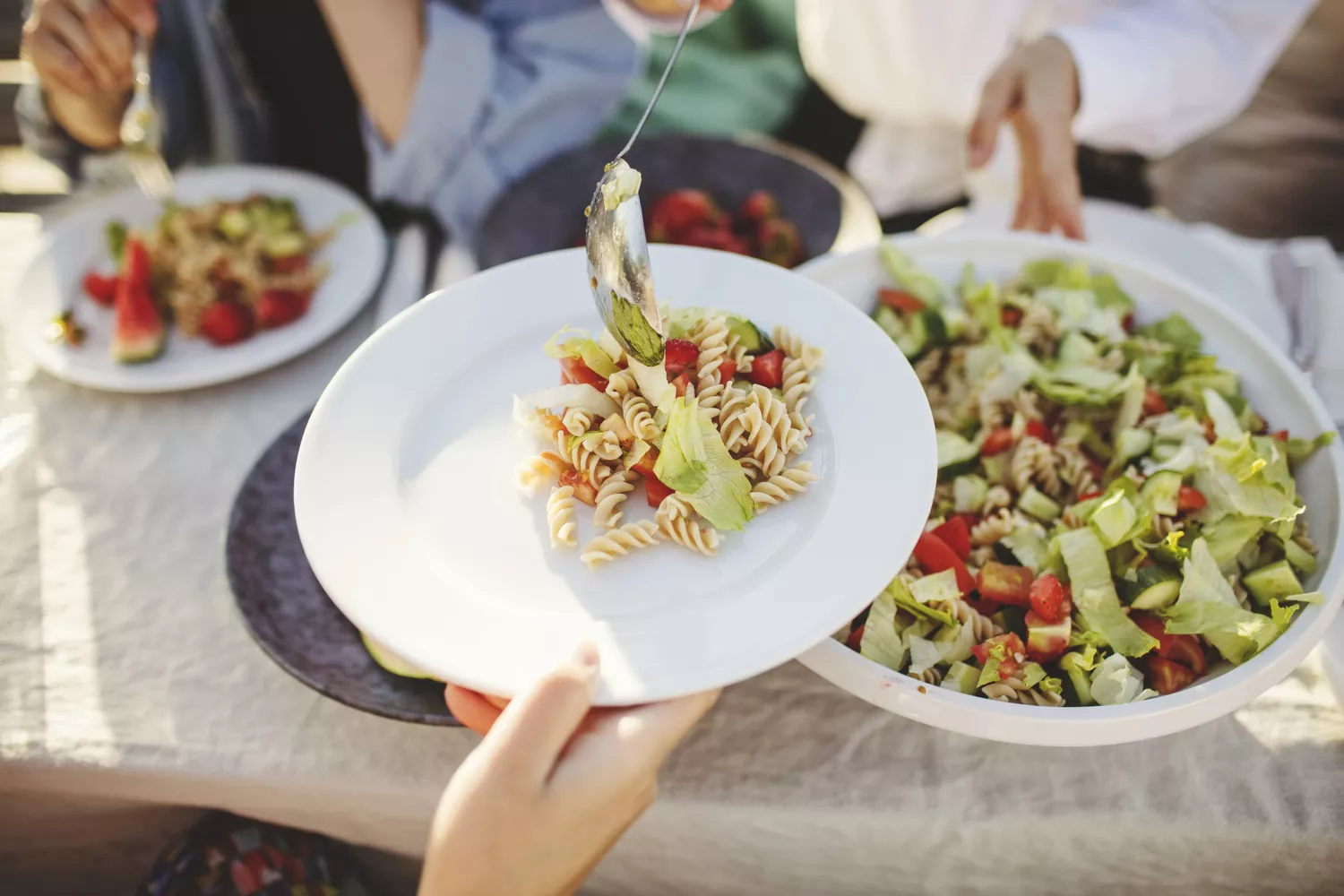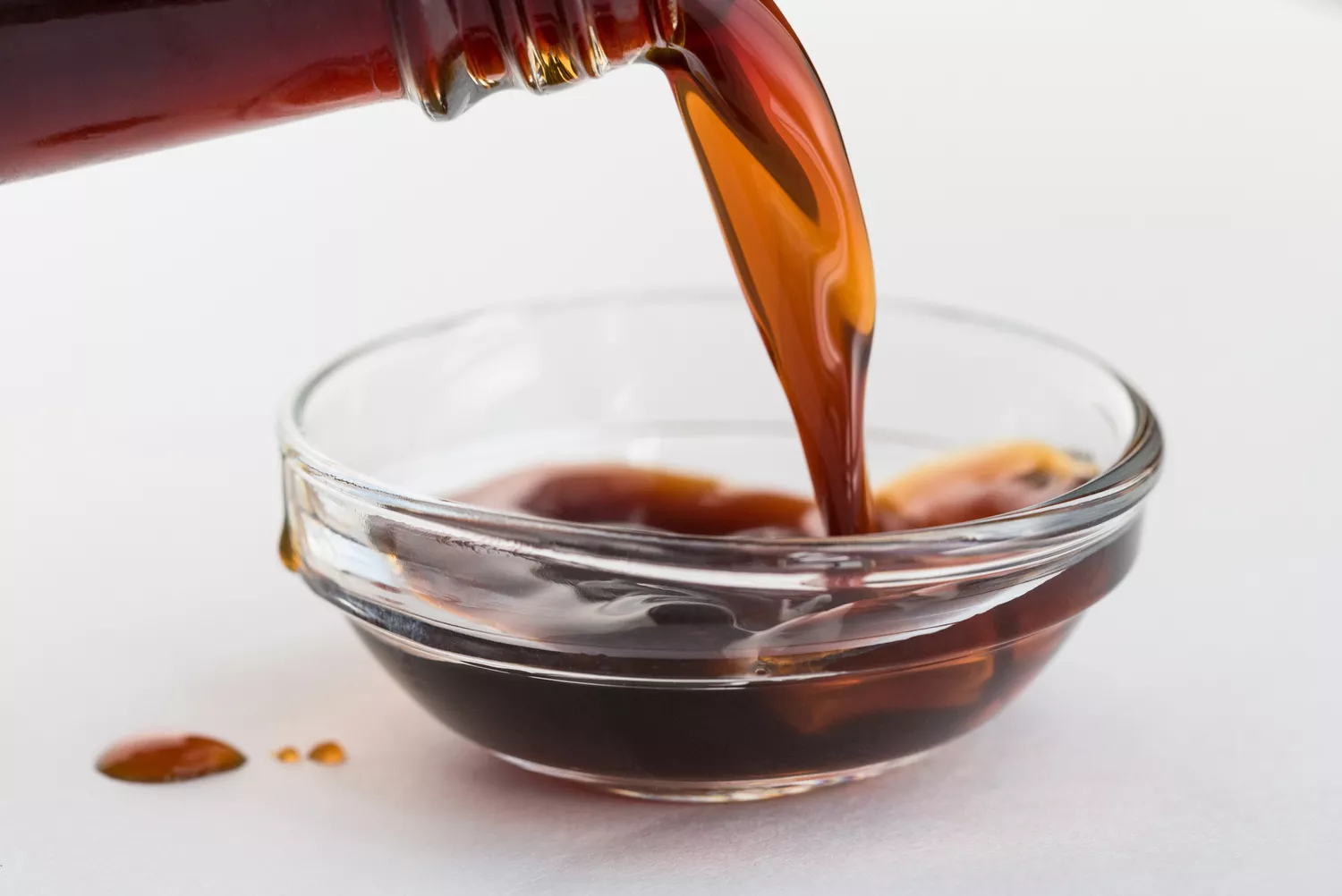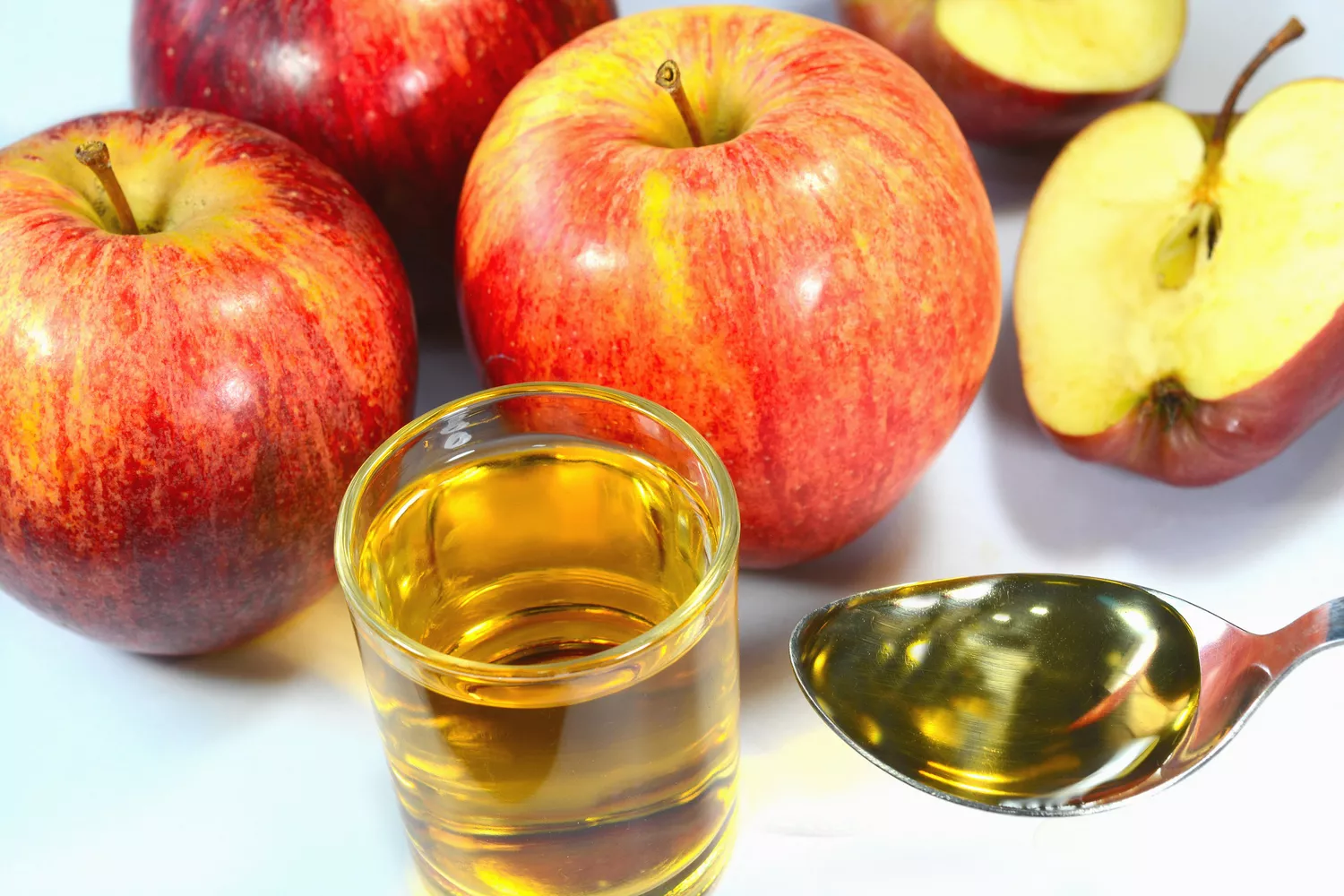Layering up your food usually seems like a shot in the dark– specifically establishing how much to put on your plate. What’s even more, supper plates have obtained larger and the proper part of food is not constantly clear. So, it’s easy to see why section confusion is an issue today.
Yet comprehending offering sizes is necessary for guaranteeing you’re sustaining appropriately, consuming enough calories, and managing your body weight. Here is what you need to understand about serving sizes including how to figure out the right amount for you.
The Importance of Offering Sizes
The offering dimension on food labels informs the customer the nutritional material of its materials. You can obtain a lot of details from a food tag, including how many calories are in the food, healthy protein, carbs, fiber, sugar, and fat– essentially all you need to understand about the nutrients you’ll obtain if you eat a section of the food.
Why Does This Matter?
The quantity of food you eat straight affects your psychological, physical, and psychological wellness. Eat way too much and you can get ill or put on weight. Consume too few calories and you run the risk of shortages, weight loss, exhaustion, binge eating, and injury.
Equating the serving dimension on food tags to the serving on your plate places you in control of just how much you consume and assists ensure you have the ability to reach your daily nutrient requirements. It also permits you to make a notified decision and determine whether you wish to consume more than the advised serving or save the remainder for later.
Think about it. 16-ounce containers of soda are really 2 servings, yet most people consume the whole point. Consequently, they’re having 2 servings. The tag clearly states the number of calories and sugar you would certainly get for consuming alcohol one serving, so if you drink the entire bottle, you have to increase it.
Defining a Serving Dimension
A serving dimension describes a common dimension that stands for a details amount of food or beverage, such as 2 tbsps of peanut butter or 8 ounces of milk. Serving dimensions are developed by federal government firms and market requirements, typically based on normal intake patterns.
In the United States, advised serving dimensions are not necessary. Nevertheless, food labels have to have a serving size. Without the serving size on food tags, the typical individual would not have the ability to figure out the dietary material of their picked food.1.
Regrettably, offering dimension remains among one of the most confusing components of the food label for customers. Without established criteria, food manufacturers can show any serving size they ‘d like. Making use of a smaller sized offering dimension can create an incorrect feeling of a food being a lot more nutritious– or providing it a wellness halo– leading consumers to think the food has fewer calories, salt, or saturated fat than similar food products. This leads to a phenomenon referred to as section distortion, where individuals end up consuming greater than what the tag means without understanding it.1 Note that this can take place for even more nourishing foods too. Possibly you enjoy entire grain cereal or granola however don’t realize a portion is 1/3 cup and you consume 2 cups. This would certainly be 5 extra portions, and likely much more than you meant to take in from a calorie viewpoint.
Reading Nutrition Labels.
Understanding just how to review a nourishment label is important for making healthy options when purchasing food. Nourishment labels give an abundance of beneficial information within your reaches.2.
Many people consider total calories and carbohydrates first. While this info is useful, it’s not necessarily what ought to assist your food selections. Rather, check out all aspects of the food label to totally understand what you’re consuming.2.
Start at the top with the offering size. This info will tell you just how much you will certainly require to consume to take in the nutrients in the food. It is necessary to be able to picture how much food remains in a given serving size. If an offering is too small, you will not really feel complete and pleased.
From there you can proceed down the tag. The overall calories inform you how many calories remain in one offering size. Macronutrients are listed complying with calories. It’s the macronutrients that add calories to the food. The complete fat, carbs, and protein content of a food are provided within that serving dimension. If you eat more than a serving size, you’re consuming much more calories, fats, carbs, and protein than what is provided on the label.
Due to the fact that most individuals appreciate an adequate part of a given food, comparing labels for serving sizes is very important. For example, it’s easy to over-pour when serving on your own a dish of cereal. If that holds true, try to find a grain with a bigger portion dimension so that you understand the nutrition offered in that larger meal.
If your favored cereal is a 3/4 cup serving dimension and you often don’t really feel complete and satisfied, you may be better off selecting one that has a 1 1/4 mug offering size yet offers similar nutritional benefits. Learning exactly how to review a food label can aid you make healthier food choices that meet your preferences and dietary demands.3.

Typical Offering Dimension Examples.
You’ll observe on food labels that comparable foods often have the same or similar offering size. This can make points easier for you when portioning components for dishes and treats. Below are some usual serving dimension instances:456.
Grains.
Rice (cooked) – 1 cup.
Oat meal (dry) – 1/3 cup.
Pasta or noodles (completely dry) – 2 ounces.
Quinoa (prepared) – 1 cup.
Bread – 2 slices.
Grain – 3/4 cup.
Granola – 1/4 mug.
Healthy proteins.
Chicken bust – 3 ounces.
Eggs – 1 huge.
Egg whites – 1 large.
Fish or shellfish – 3 ounces.
Tofu – 3/4 cup.
Lean meat – 3 ounces.
Fruits.
Apple – 1 big.
Avocado – 1/5 or 1.1 ounces.
Banana – 1 tool.
Melon – 1/4 tool or 4.8 ounces.
Grapes – 3/4 mug.
Watermelon – 2 cups.
Pineapple – 2 pieces.
Strawberries – 8 tool.
Veggies.
Potatoes – 3/4 mug.
Legumes – 3/4 mug.
Beans – 3/4 cup.
Carrots – 1/4 mug.
Asparagus – 5 spears.
Lettuce – 1 1/2 mugs.
Wonderful potato – 1 medium.
Milk Products.
Milk – 8 ounces.
Sliced cheese – 1 piece or 2 ounces.
Yogurt – 2/3 mug.
Home cheese – 1/2 cup.
Cubed cheese – 2 ounces.
Shredded cheese – 1/4 cup.
Lotion cheese – 1 tablespoon.
Half-n-half – 2 tbsps.
Sour cream – 2 tablespoons.
Fats.
Peanut butter – 2 tbsps.
Almond butter – 2 tbsps.
Olive oil – 1 tbsp.
Butter – 1 tbsp.
Margarine – 1 tbsp.
Nuts – 1 ounce.
Seeds – 1 ounce.
Mayo – 1 tbsp.
Salad dressings – 2 tbsps.
Changing Serving Dimensions for Specific Requirements.
Offering sizes on food tags are based on a 2,000-calorie diet. While this works for a general populace, every body is various and adjustments need to be produced those that need a larger or smaller part dimension. Age, sex, activity degree, and certain dietary demands all factor right into whether or not someone needs a different offering dimension.
Kids, for instance, may require a smaller sized offering size, while professional athletes need even more calories. Men and females might additionally call for different offering dimensions.
The amount of calories and macronutrients you require is what establishes your specific serving sizes. Make use of a calorie calculator to determine your everyday calorie demands. This is a great place to begin when functioning to understand your very own specific offering size requirements.
Techniques for Portion Control.
Occasionally parts are much bigger than they need to be. Restaurants and families sometimes offer more than the human body requirements in one meal or snack. The bright side is, there are ways to rein it back in, right here’s how:.
Determine the recommended offering size. Utilize the food tag to discover the actual serving size of a specific food.
Usage determining cups and spoons to section out food. This will aid you avoid over- or under-scooping.
Measure your portions for one week. Doing so will offer you a far better aesthetic understanding of just how much to offer yourself. You don’t need to measure for life, though. As soon as you know what an offering dimension looks like, you can eyeball it from there.
Usage hand symbols. Hand icons are a terrific method to section food without using measuring mugs or spoons. A serving of protein has to do with the size of the palm of your hand and a serving of carbs is about the size of your clenched fist. On the other hand, an offering of cheese or peanut butter is the length of your thumb and an offering of oil or sugar is your thumb pointer. For chips and pretzels, two handfuls would certainly be considered an offering.
Use your plate as an overview. Make half your plate fruits and/or veggies while 1/3 of your plate ought to be protein. The staying 1/3 is carbs.
Consume without diversions. Offer yourself a meal or snack, then go sit down and appreciate it without television or other diversions.
Focus on hunger and volume hints. Even if your plate is complete, does not imply you have to eat all of it. Be deliberate and conscious concerning consuming. Avoid eating too swiftly so you can tune right into your fullness and stop when you’re done.
Consume frequently throughout the day. Going as well long without eating will leave you feeling ravenous. By the time you get to the food, you’re more probable to make poor selections or overindulge.
Your relationship with food also plays a big duty in just how much you eat in one sitting. If you have a poor connection with food, you’ll be more probable to restrict your consuming and locate yourself on a binge. If this is something you struggle with, a signed up dietitian or mental health and wellness specialist can help you work with your partnership with food.
Stabilizing the Plate.
Developing well balanced meals and snacks is necessary to maintain you full and completely satisfied. Skimping out on any type of one food or food team will certainly leave you feeling dissatisfied and trying to find more food quickly after.
Balancing home plate suggests consisting of a suitable portion of healthy protein, carbs, fats, fruits, and/or veggies with each dish or snack. You can use nutrition labels to establish section sizes and readjust based upon your own calorie needs.
To develop your balanced plate, make half the plate fruits or veggies, 1/4 of the plate protein, and 1/4 of the plate carbohydrates. You can also try using the 1/3 guideline, which is 1/3 of home plate is healthy protein, 1/3 of home plate is carbs, and the remaining 1/3 is vegetables and fruits. Bear in mind to make use of dietary fat when cooking or as needed as a dressing.
To ensure you’re eating nutrient-dense foods, focus on fiber, fat, and protein. Certain carbohydrates, fruits, and veggies are abundant in nutritional fiber, which will assist you remain complete and pleased for longer.7 Lean healthy protein is essential for handling weight and giving satisfaction after a meal.8 And, dietary fat aids with vitamin absorption and improves fullness after a meal.9.
Not all dishes have to be excellent on the nutrition scale, since all foods can match a well balanced and nutritious diet. Yet, following these ideas can assist you stop overindulging and fulfill your everyday nutrient needs. Section control has a huge effect on your overall health and wellness and health.
Understanding serving sizes is crucial for eating the ideal portions for your body and task degree. Method reading food tags before you head to the shop so you’re much better furnished at making healthy food choices. Additionally, speaking to a registered dietitian can help you respond to any type of underlying inquiries you may have and guide you in establishing the right section dimensions for you.


